Pearl’s criteria

S for shape
The Tahitian pearls are classified in different shapes:
Round (perfect sphere), button (sphere flattened on one side or sphere lengthened in the width, presenting at least one axis of symmetry, oval (sphere lengthened in the length, presenting at least one axis of symmetry, drop (lengthened and perfectly symmetric pearl, its name describes its shape well), baroque (irregular and not symmetric shape), semi baroque (features an axis of revolution but possesses an irregularity at the top of the pearl, a circle or another element), circled (one or several concentric rings or colour rings).
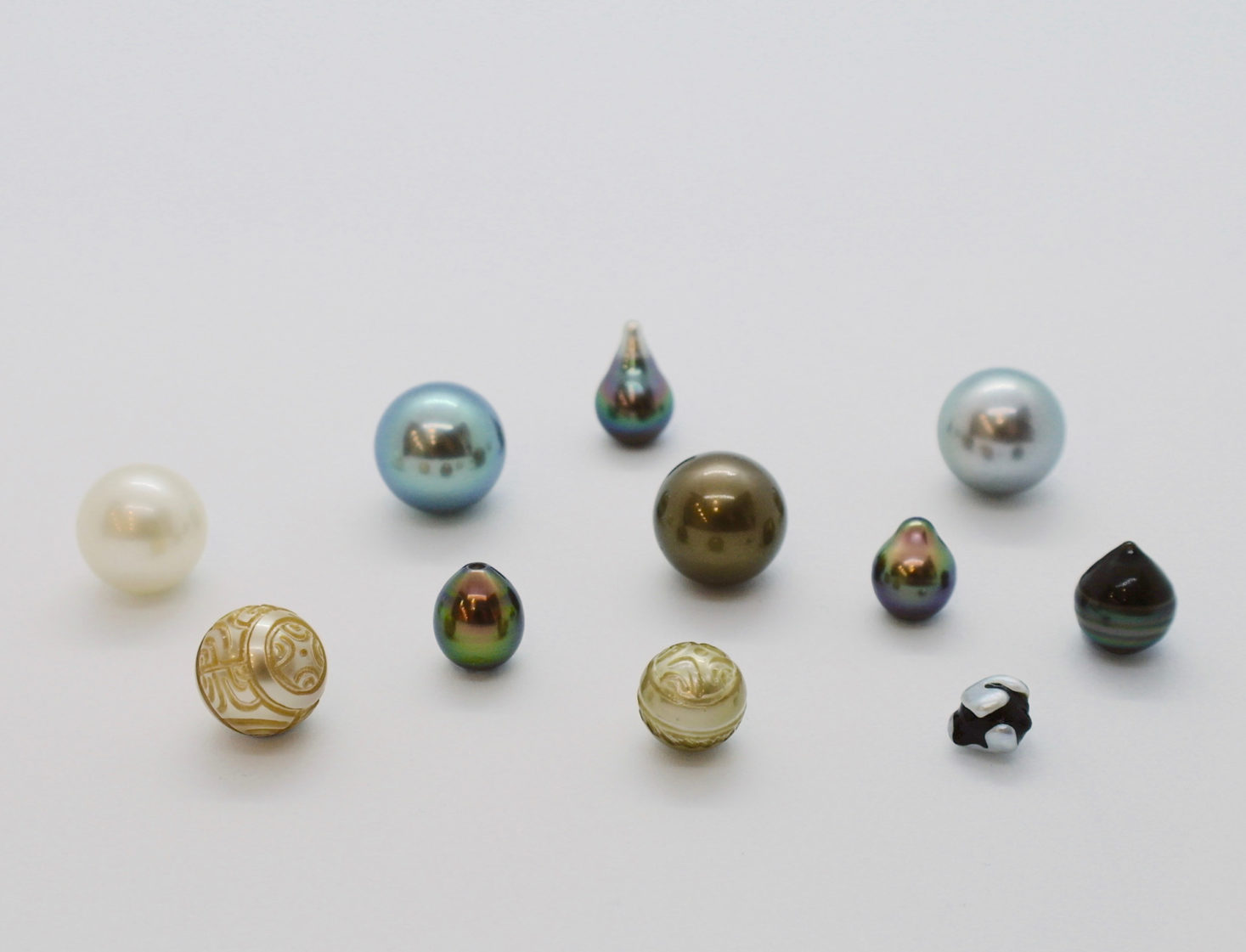
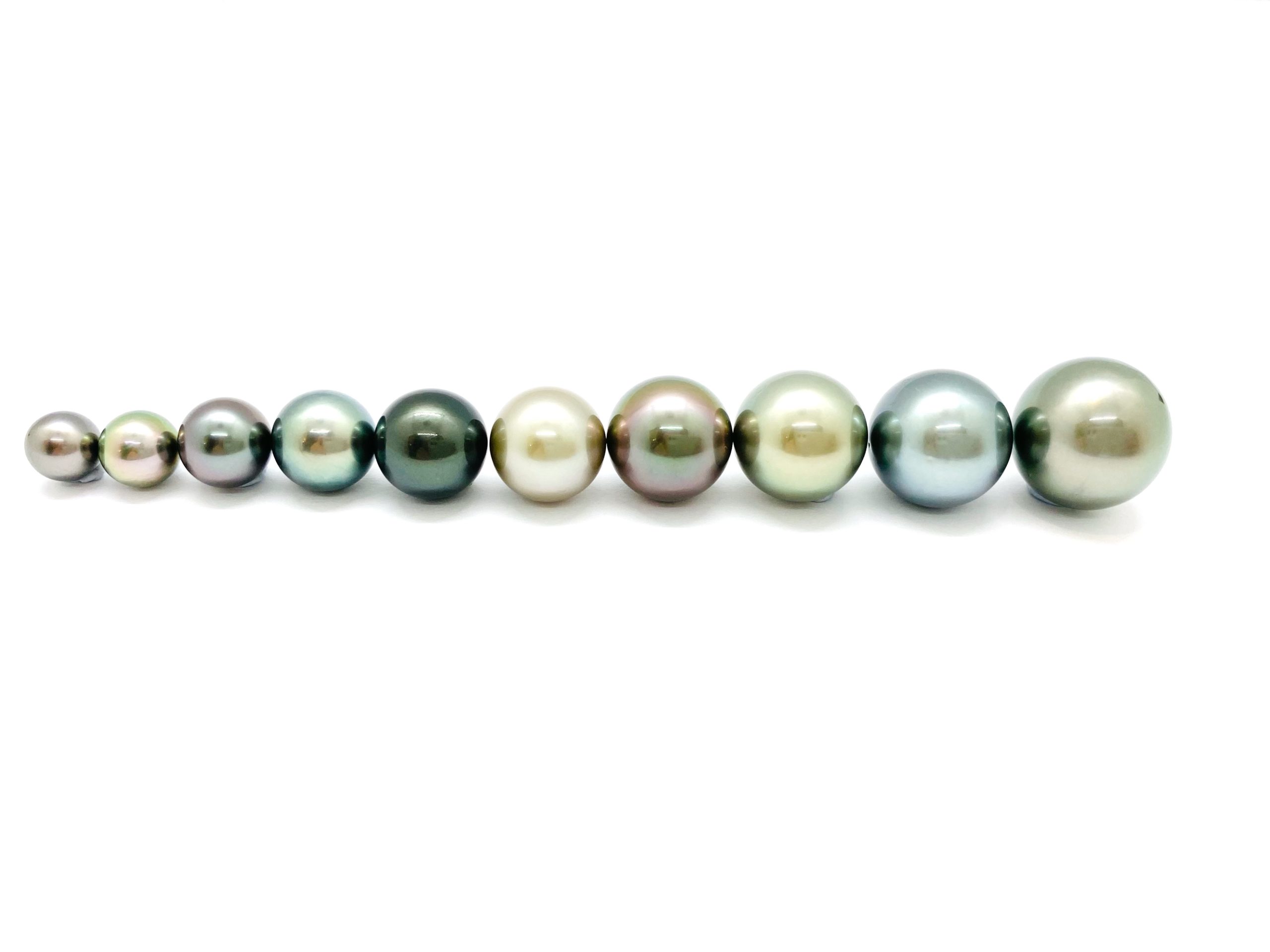
S for size
The size of Tahitian pearls varies generally between 8 mm and 15 mm. The smallest are between 7 and 8 mm, these are rare. The biggest can measure up to 20 mm. A pearl exceeding 20 mm is exceptional. The record is held by a 22.5 mm Tahitian pearl.
S for shine
(luster and orient)
The luster is the reflection of the light on the surface of the pearl. It is the shine of the pearl.
It can be excellent, good (that is “very shiny” or “shiny”), pale or matte / poor (the pearl will be matte).
The orient of a pearl results in the decomposition of the light through its nacre crystals and appears as an iridescence of its surface.
The finer and higher number of layers, the more the pearl will have a good orient.
It can be excellent, very good, good, average or low.
S for surface
(surface quality)
We use the A-B-C-D system of evaluation as used by the pearl farmers in French Polynesia.
The combination of the luster and the surface quality means the Tahitian pearl can be classified into one of five categories.
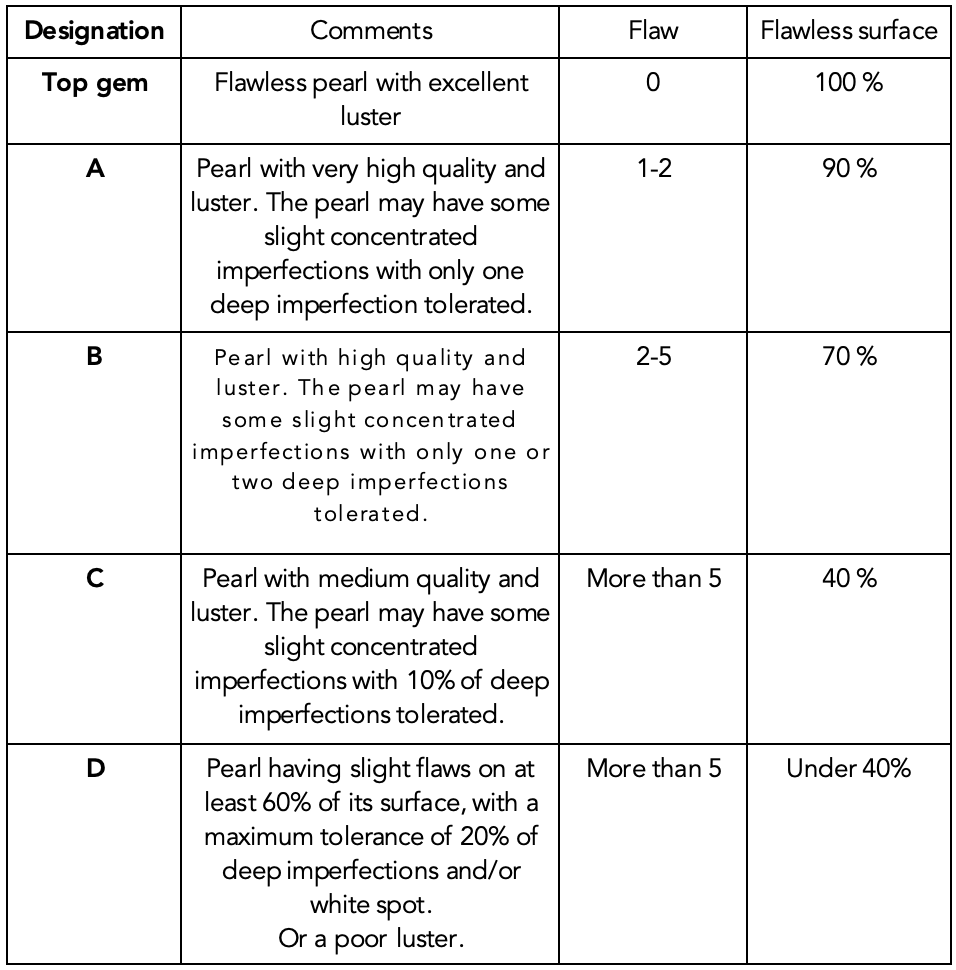
S for shade
(colour)
Tahitian cultured pearls possess the most diversified natural colour palette among all the pearls in the world. This is both a unique feature and an asset. French Polynesia is very stringent insofar as the treatment of the colour of the Tahitian pearl is strictly forbidden (contrary to other pearls).
Most of the colours have generic names, there is no official designation.
The colours which exist are forest green, midnight blue, azure, purple, grey, black, pink, the rarer colours are peacock (a combination of shades such as blue, green, purple and pink), pistachio green, lime green, bronze, brown, gold, yellow and white.
All these colours exist in light, medium or dark.
Tahitian pearls often have a second colour.
The preferences depend on the geographical area in which they are sold.
The colour of a pearl is multifactorial and depends on many uncertainties.


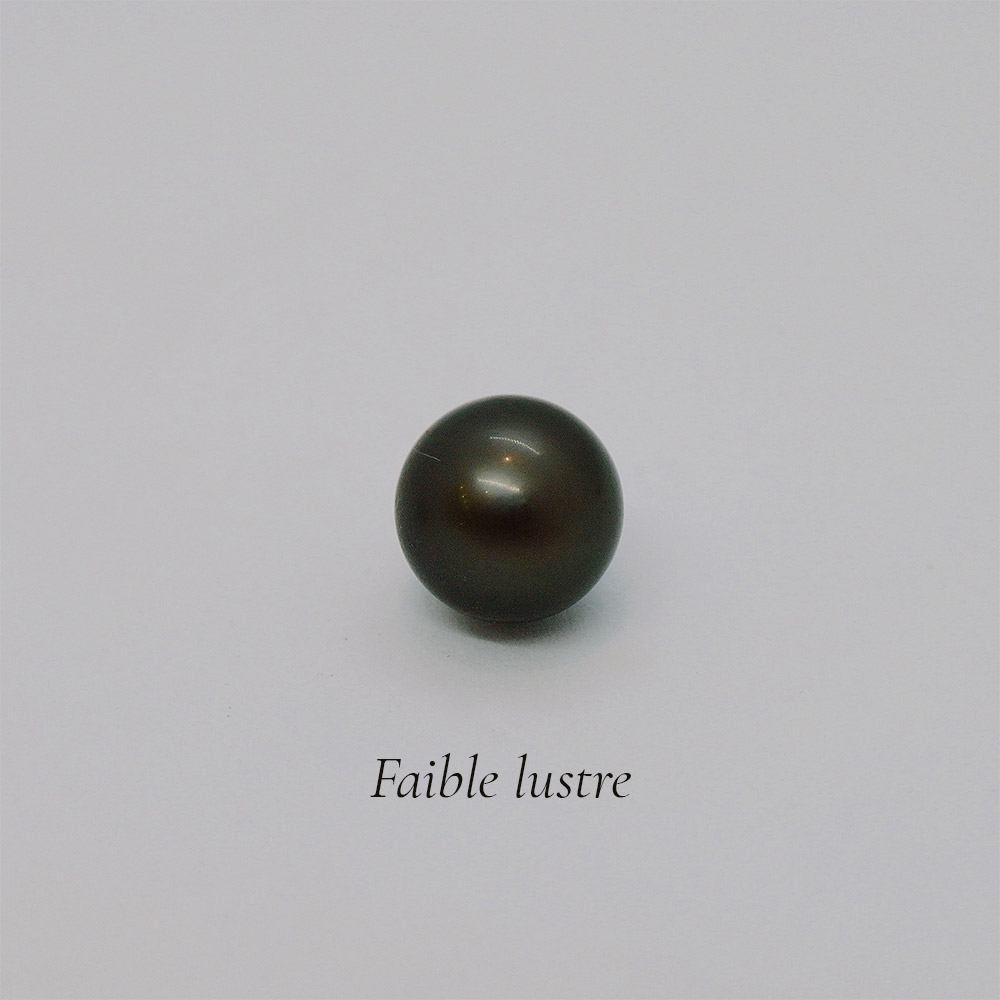
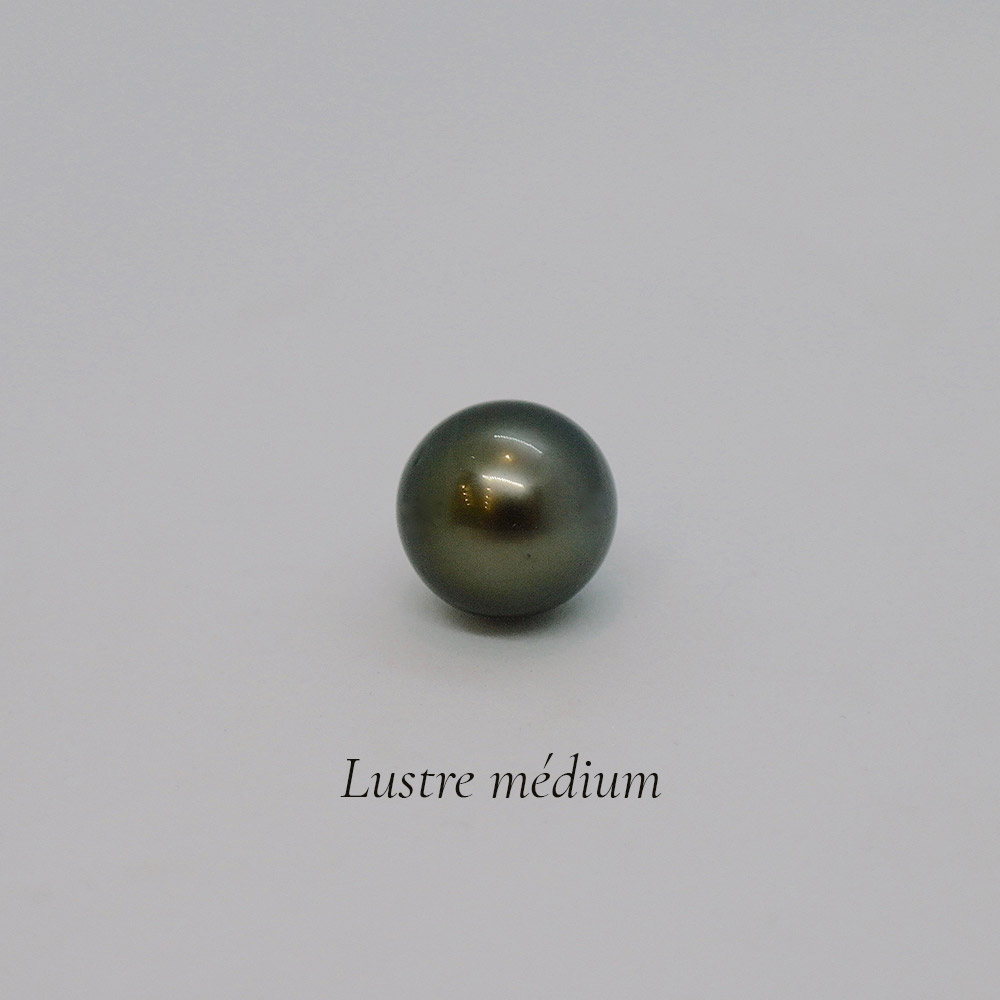
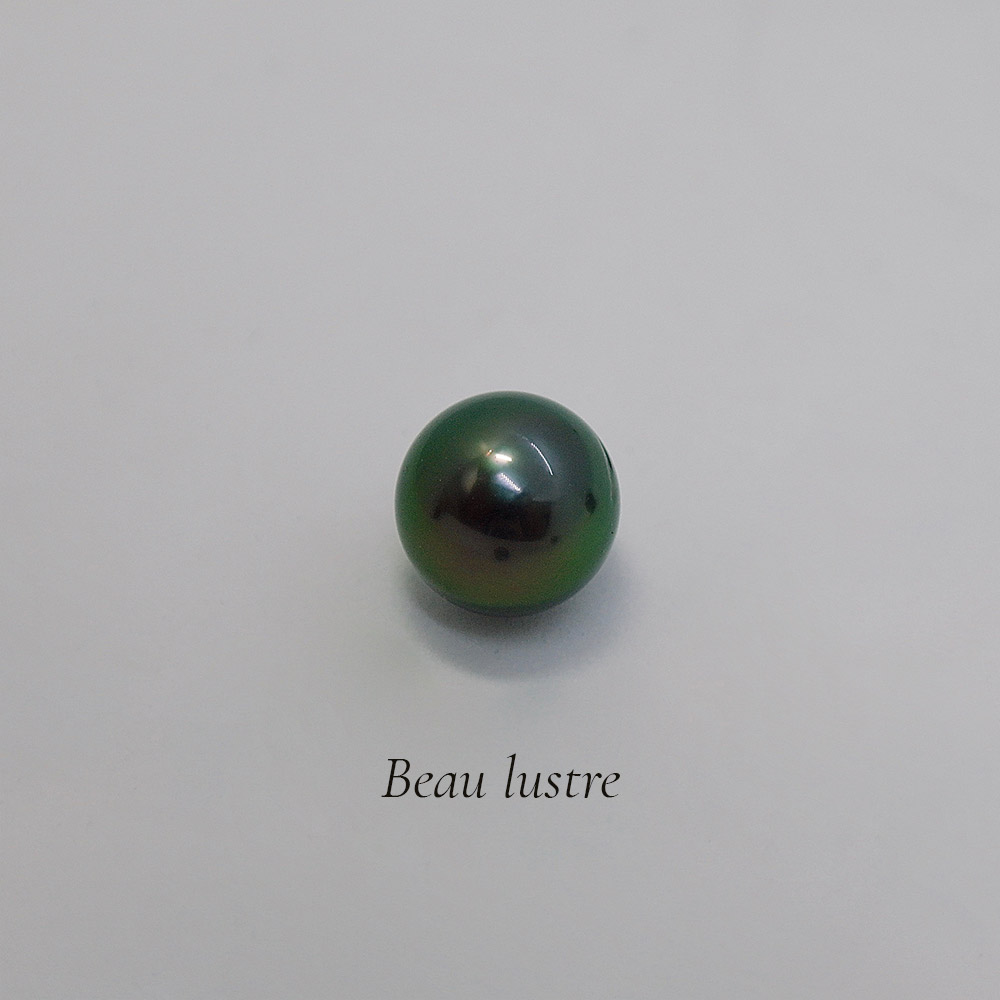
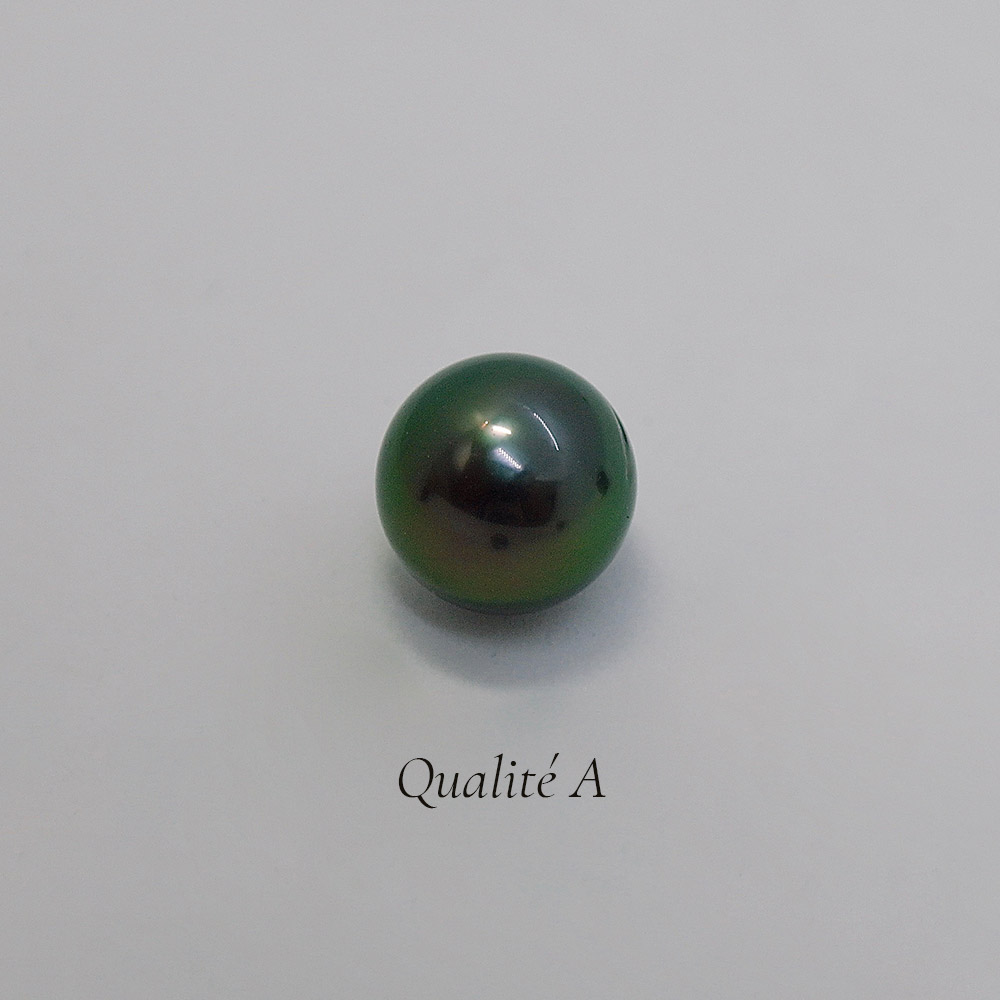
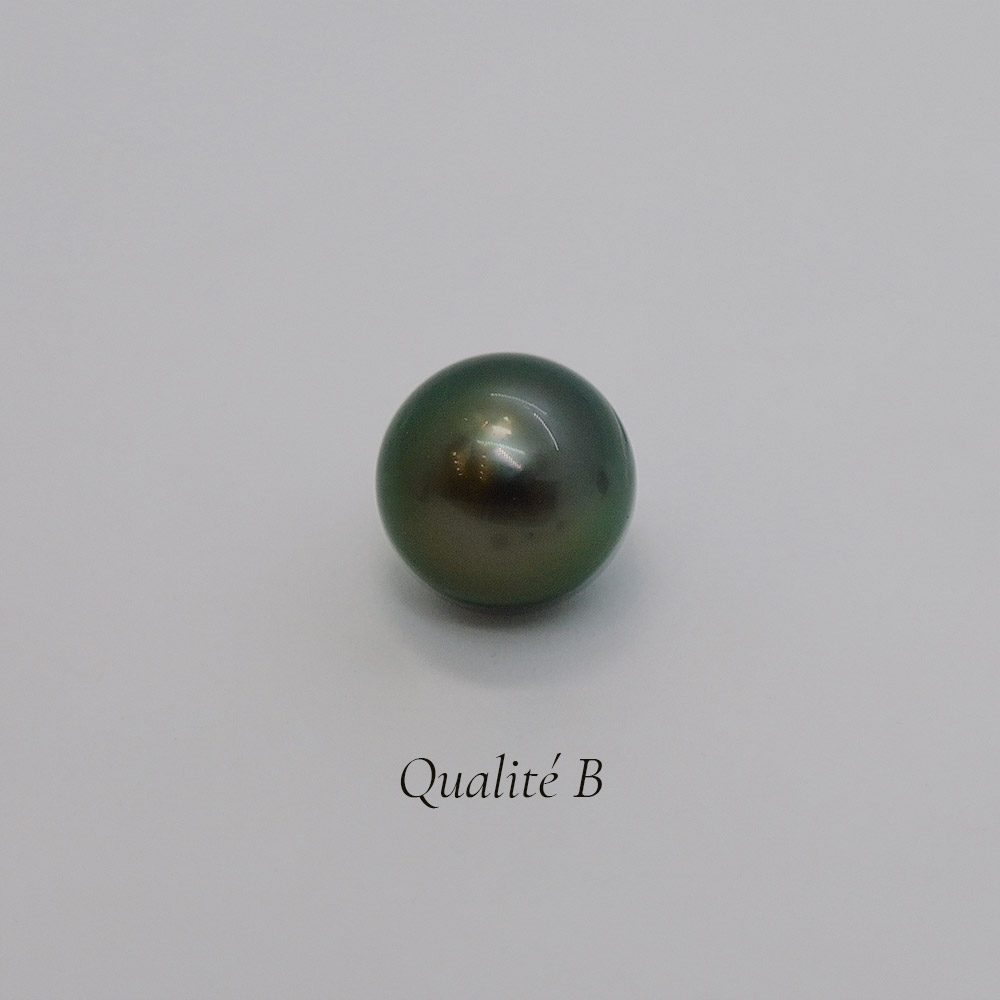
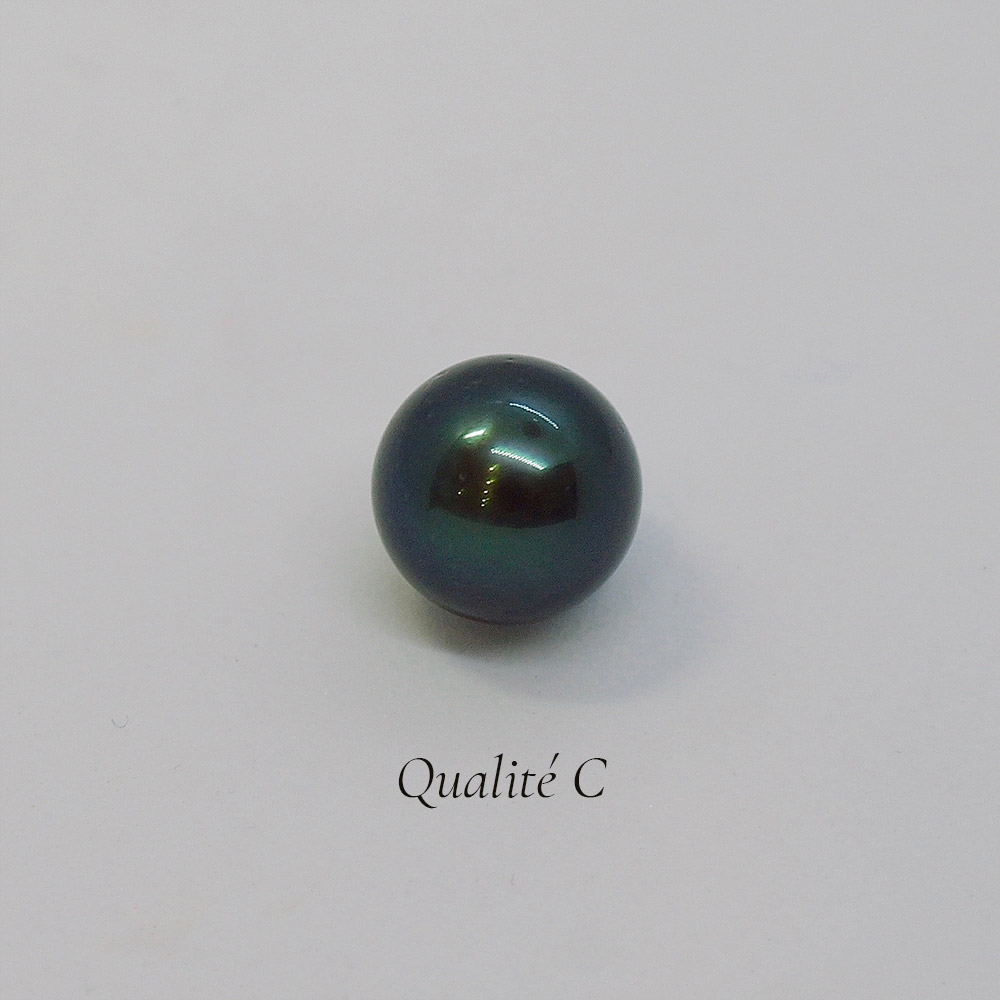
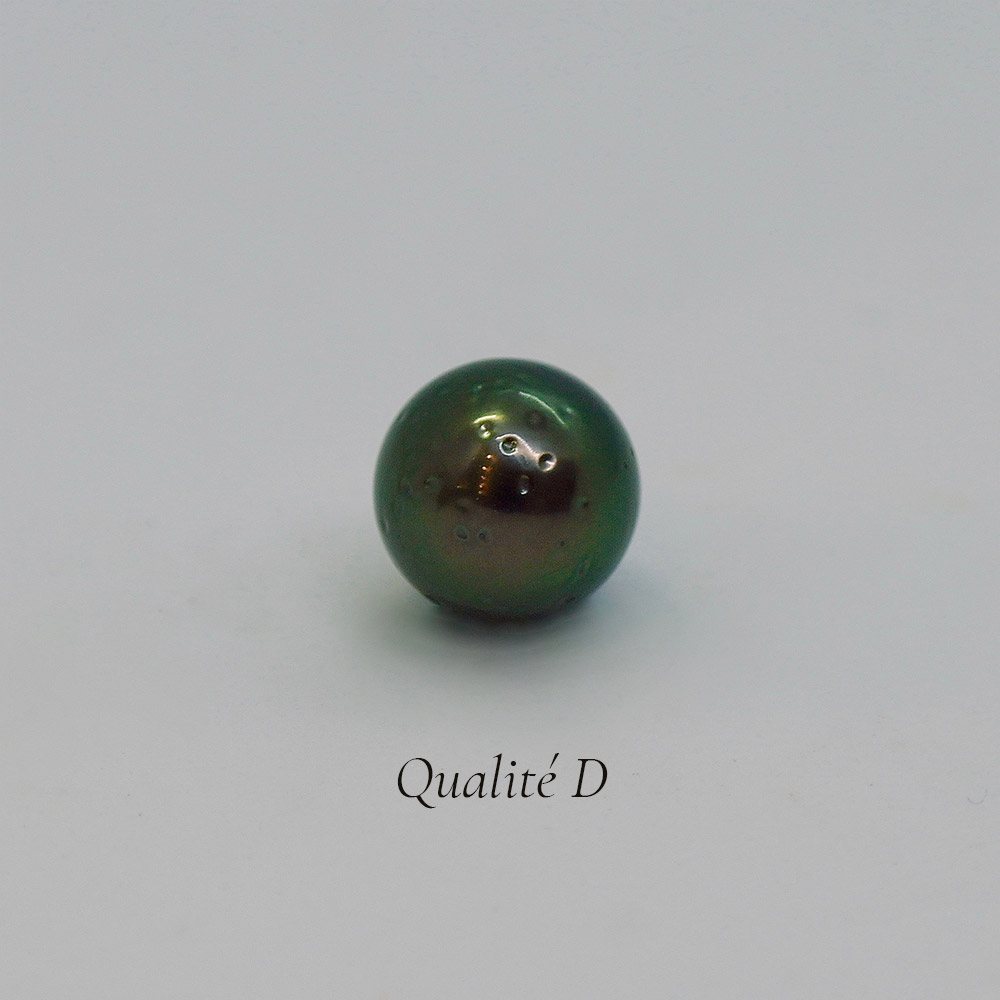
 No products in the cart.
No products in the cart.